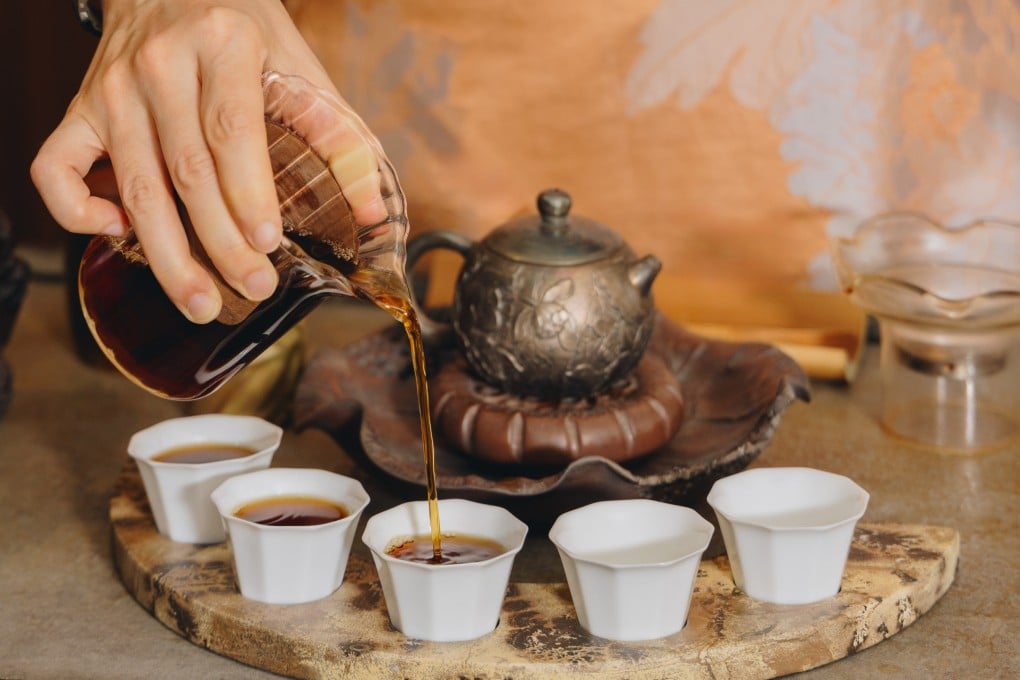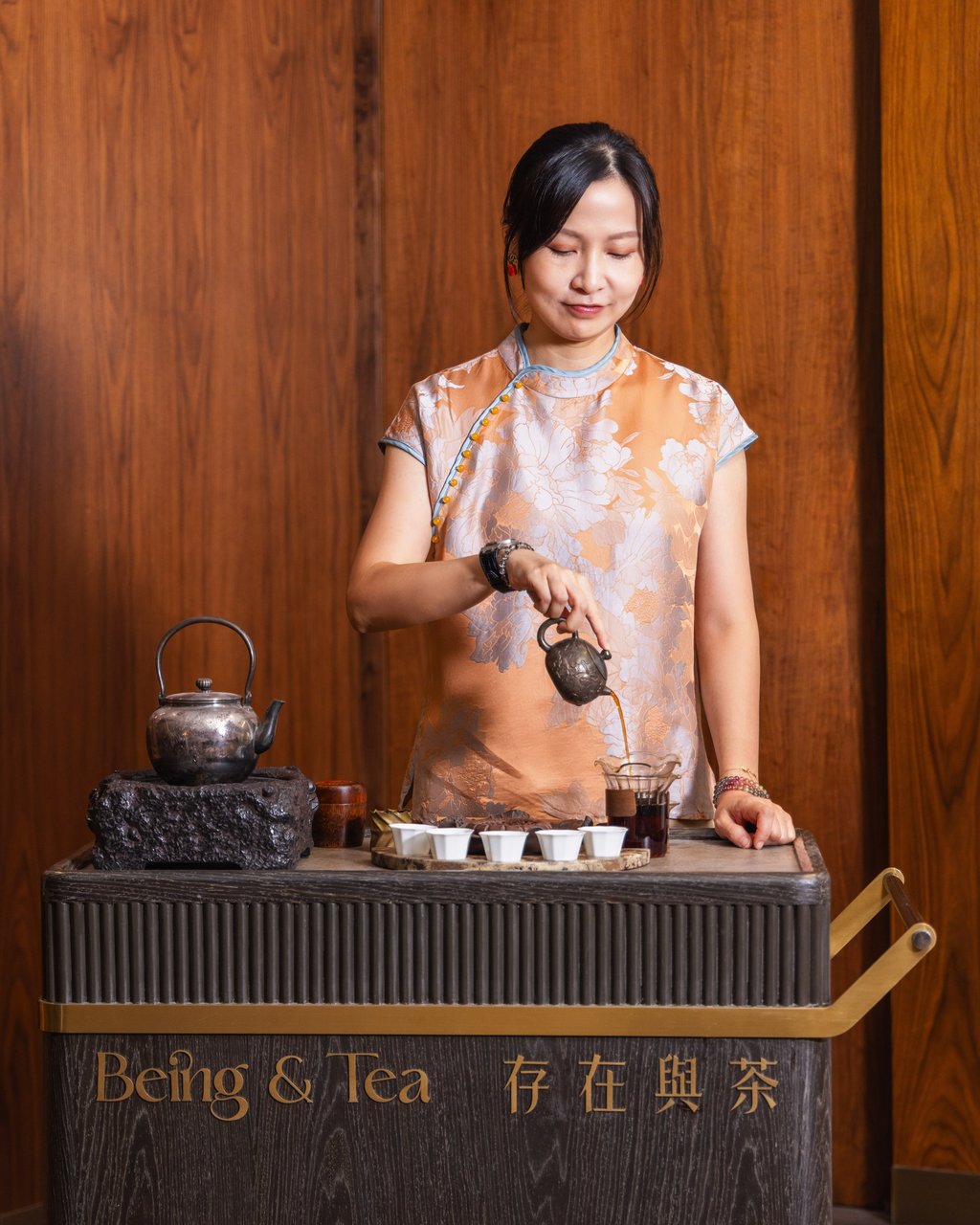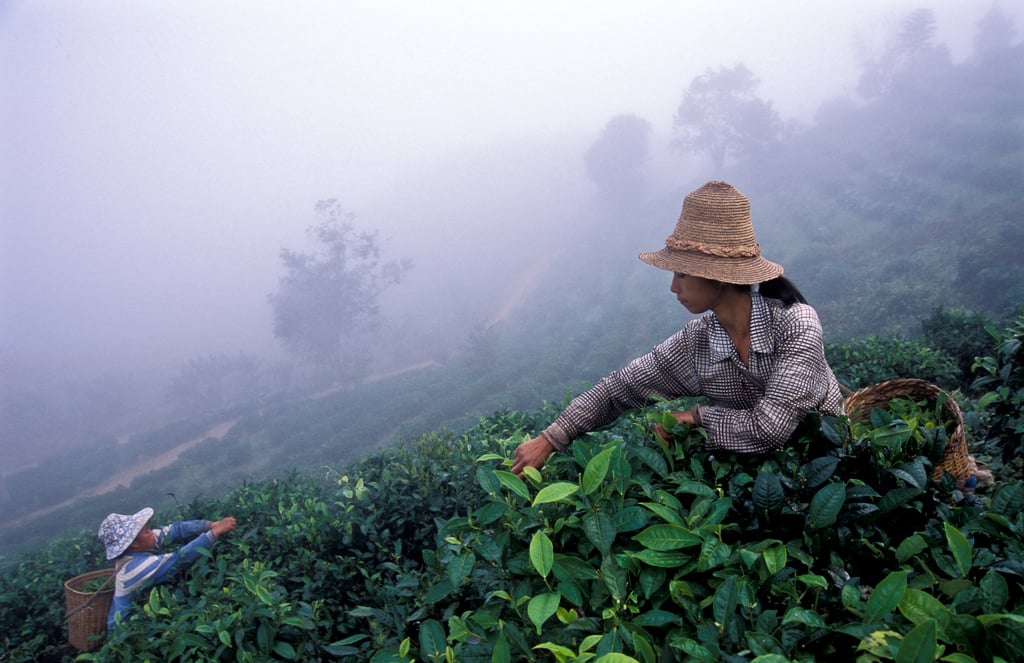Why rare Chinese teas are captivating Hong Kong connoisseurs
- A new generation of tea specialists is giving Hongkongers a taste of some of China’s rarest brews, which are priced as high as the finest wines, and are every bit as nuanced

With poised precision, Wing Yeung portions out a thimble of blackened tea leaves and drops them into a preheated teapot fashioned from Jianshui purple clay. Yeung, the founder of Hong Kong-based tea experts Being & Tea, fills the vessel with scalding water to prepare the brew, then, after a short while, inverts the teapot over a glass decanter. Out pours a mahogany-coloured ribbon of what can be considered one of the most prized liquids in the world – ounce for ounce, its value stands shoulder to shoulder with some of the most expensive vintage champagnes on the market today.

The tea in question? A 1989 vintage camphor wood-scented raw Puer from Yunnan province that Being & Tea, in Tsim Sha Tsui, has priced at an eye-watering HK$26,280 per 20-gram brew. If you fancy buying the entire 250-gram tea brick, you can expect to be relieved of a cool HK$480,000.
“Why is it so expensive? Once you understand that the tea has had to satisfy so many requirements, it becomes pure serendipity that we get to encounter this tea at all”, says Yeung.
According to her, several factors contribute to the tea’s astronomical price. Firstly, there’s the quality of the tea leaves, which must be grown without pesticides – already an exceedingly rare quality.
“In China, farmers want to grow as many tea bushes as possible on one plot of land, but when you grow so many tea plants so close together, the moisture levels become quite high and cannot disperse, so it breeds a lot of pests”, says Yeung. “If you don’t apply pesticides, they will eat the whole plant. The difficulty here is that the toxicity of pesticides in soil takes 30 years to decrease by half. When China opened up its economy in the 1980s, the knowledge was not there yet, so today it’s very hard to find land that has not been tainted.”

Secondly, the tea must exhibit the potential for ageing and to develop complex flavours over time. But because Puer is exceptionally sensitive to its environment, subpar storage conditions could ruin even the best specimens. Yeung, who discovered the vintage Puer in the family tea estate of an old classmate, estimates that the brick can be aged for another three to four decades at least thanks to the powerful tannins, “just like an old and well-preserved magnum of wine, like a Lafite or Mouton.”
All of this to extract the best possible flavour from the tea. And like the best wines, there is that first sip, where the wine, having just been decanted, awakens and reaches a peak of harmonised flavours, followed by a gentle denouement.